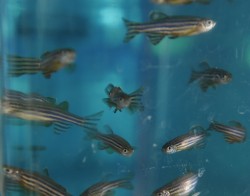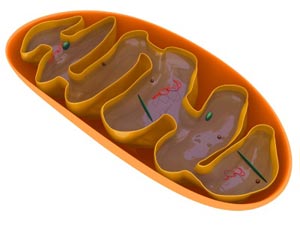MADD (Multiple Acyl-coA Dehydrogenase Deficiency) is an inherited mitochondrial disorder that causes severe, multi-organ disease. Little is known about the underlying pathology of MADD because there are no animal models that capture the key features of the disease.

Now, Seok-Hyung Kim, Ph.D., Kevin Ess, M.D., Ph.D., and colleagues report a novel zebrafish model with a mutation in one of the genes implicated in the human disease. The mutant zebrafish have pathological and biochemical features observed in patients with MADD, including abnormalities in brain, liver, kidneys and heart.
The researchers discovered that excessive maternal feeding impacted disease severity. They also found increased activity of the mTORC1 signaling complex and showed that rapamycin (an inhibitor of mTORC1) partially reversed the abnormalities, suggesting that mTORC1 signaling may be a novel therapeutic target for MADD.
The findings, reported in the June PLoS Genetics, demonstrate that the zebrafish model is relevant for MADD and suggest that it will be useful for studying disease-specific mechanisms and for developing new therapeutic approaches.
This research was supported by a grant from the Department of Defense.















